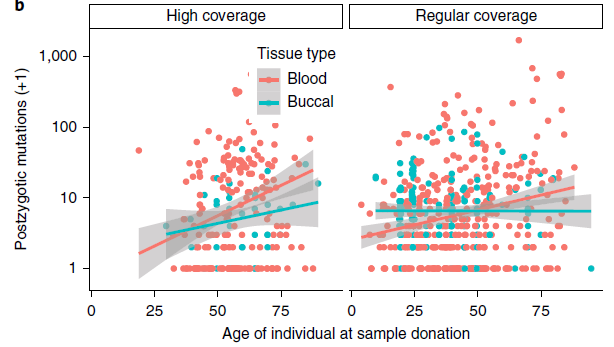
How to get URL link on X (Twitter) App

https://twitter.com/biorxivpreprint/status/1636193847725240320It is insane that the original claims were selected to Science Magazine's 10 breakthroughs of 2022.
https://twitter.com/spoke32/status/1597985325833654278?s=20&t=TFR4qNMR5EB1vmSUIC6ziQ@ElieDolgin for the NY Times @nytimes.
https://twitter.com/ElieDolgin/status/1597989356618276866?s=20&t=TNvMj3BBtdh8SmIdto5nSQ


https://twitter.com/ShaiCarmi/status/1549835124686163971Here are a few concerns that are in principle correct, but their impact is expected to be small, and we should probably stop bothering.



https://twitter.com/brad_dan/status/1527489224278155265First was a ROH (runs-of-homozygosity) analysis.


 Our story begins in the 11th century, when Jews first settled in Erfurt. Their community was successful; the synagogue they built (photo) is the oldest one still standing in Europe.
Our story begins in the 11th century, when Jews first settled in Erfurt. Their community was successful; the synagogue they built (photo) is the oldest one still standing in Europe.

 Why are polygenic scores derived in one population (usually European) not working well in other populations?
Why are polygenic scores derived in one population (usually European) not working well in other populations?










